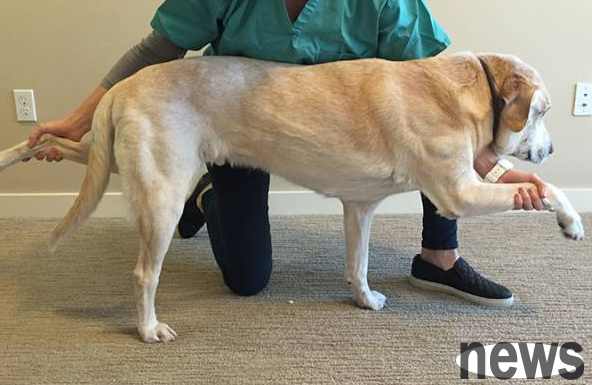For dogs with canine osteitis, sufficient antibiotics are applied throughout the body. At the beginning of the disease, broad-spectrum antibiotic cords were used and the medication was continued until one week after the inflammation disappeared. 1....
For dogs with canine osteitis, sufficient antibiotics are applied throughout the body. At the beginning of the disease, broad-spectrum antibiotic cords were used and the medication was continued until one week after the inflammation disappeared.

1. Causes of canine osteitis:
1. Exogenous infection, most osteomyelitis cases are infected through this route. The pathogenic bacteria infect bone tissue through wounds or surgical incisions. It is seen after direct bone injury, deep stab wound, gunshot wound, open fracture, bone orthopedic surgery, etc.
2. Infection can also be caused by suppurative inflammation of soft tissues around the bone.
3. Hematogenous infection mainly occurs in young dogs, which is an infection caused by pathogens in other parts of the body's infection foci transferred to bone tissue through blood circulation. Common primary infections include umbilical cord inflammation, pneumonia, gastroenteritis, arthritis, etc.
2. Key points of diagnosis of canine osteitis:
1. In the early stage of X-ray examination, only soft tissue swelling in the affected dog was seen. About 2 weeks later, the bones in the affected area showed vaginosis and the edges of periosteal ossification were blurred, and the boundaries were unclear.
2. The bones around the bone destruction area in chronic cases are dense, and there may be "dead bone fragments" in the bone cortex.
3. If there is a pus sinus, the diagnosis can sense the roughness of the bone surface and even penetrate into the bone marrow cavity. The rinsing may flush out bone debris.

III. Preventive measures for canine osteitis:
1. Use sufficient antibiotics throughout the body of a sick dog. At the beginning of the disease, broad-spectrum antibiotic cords were used and the medication was continued until one week after the inflammation disappeared.
2. If there is a local abscess or the medication is ineffective for several days, the patient should expand the invasion and discharge the pus, and rinse and drain. If pus is suspected to be accumulated in the marrow cavity, surgical drilling and purging the bone cortex discharge pus and reduce pressure. If the patient found "dead bone fragments" or hole cavity after an investigation or X-ray examination, the dead bones will be removed by surgery and the sinus wall will be scraped.
3. If it is internal fixation infection due to fracture, internal fixation materials should not be removed. If the fixation is unstable, fixation should be strengthened.
4. For dogs with chronic osteomyelitis, systemic medication and local treatment should be adhered to.
5. If you cannot control inflammation or prevent the spread of inflammation, you can consider retrieval from the lesion in the limbs.